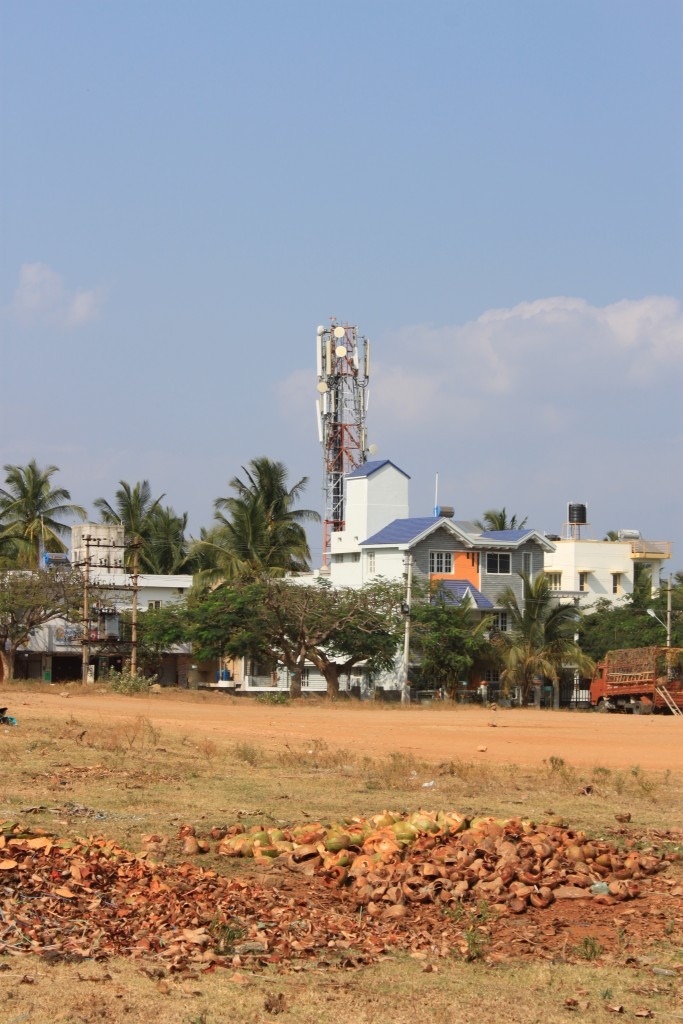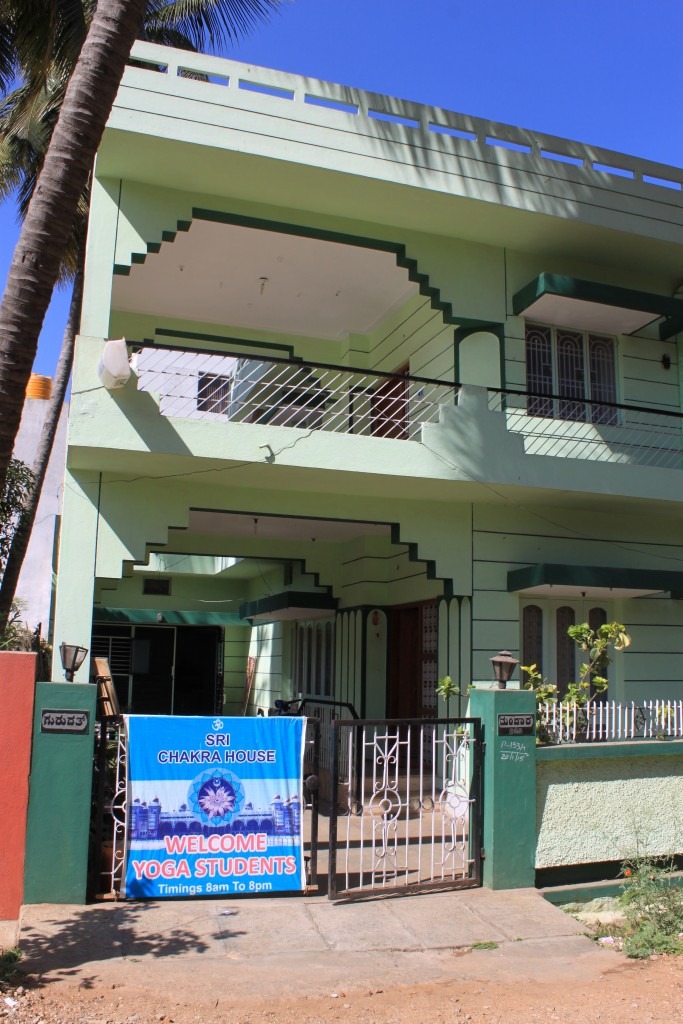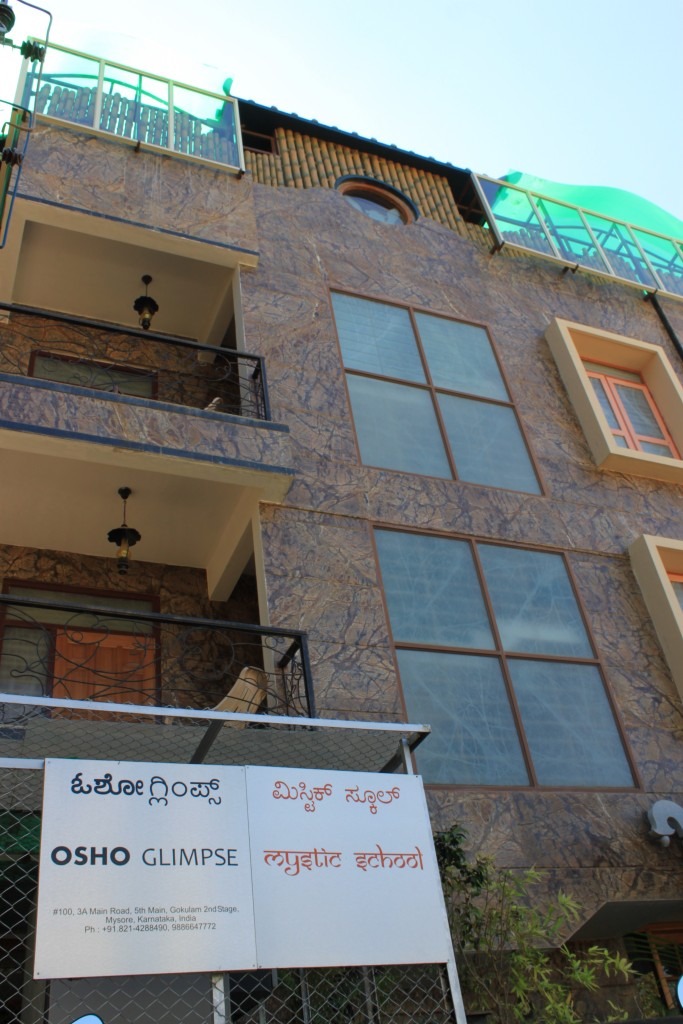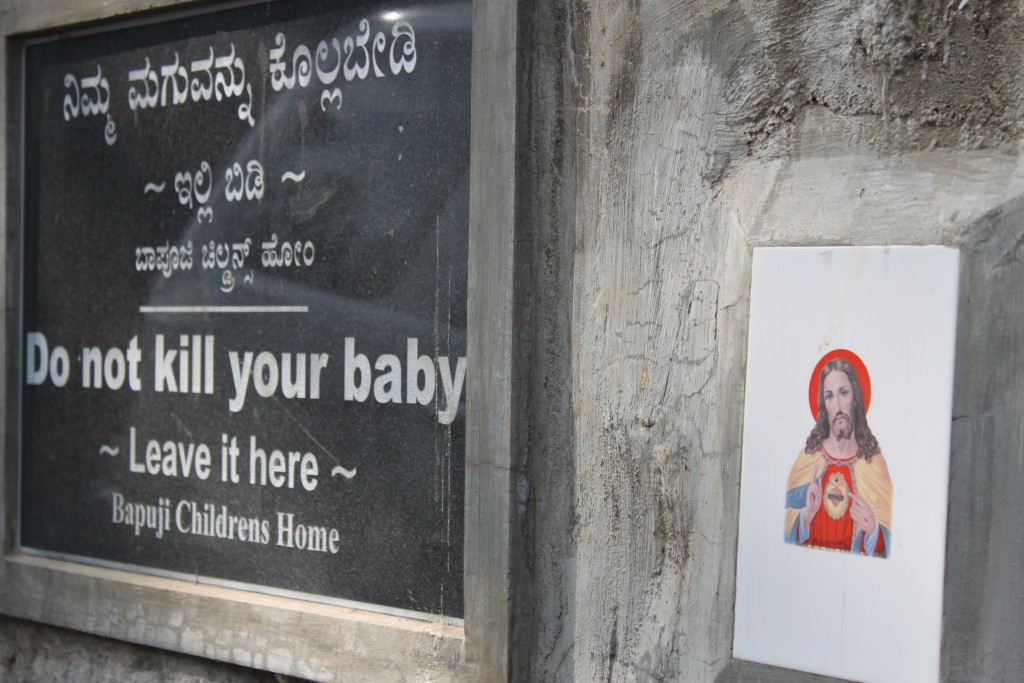A few of my upcoming blogs are going to be simply photo blogs. Pictures speak a thousand words








A Tribute to a Visionary Yoga Instructor The yoga community is mourning the sudden loss of Rangaswami Sharath Jois, a beacon of wisdom and skill in Ashtanga yoga. At just 53, his unexpected departure in Virginia’s Blue Ridge Mountains has left a void that words cannot fill. Sharath was one of the most skilled yogis … Read more
Krishna Pattabhi Jois is the founder of the Ashtanga style of yoga and one of the most influential yoga teachers to have brought yoga to the west through the Ashtanga Yoga Research Institute in Mysore, India. I studied there in January 2015. Jois was born on a full moon in 1915 in Kowshika in southern … Read more
Last day of practice with Saraswathi was a sweet one. Can’t believe I’ve been in India over 2 month, holy shit! So grateful for an amazing experience! #guruselfie #ashtanga #yoga #india #saraswathi A photo posted by Elliot (@pada_yogi) on Mar 31, 2015 at 5:35am PDT Tuesday marked the final day of my practice at the … Read more
My last day of practicing yoga with Saraswathi Jois was on Tuesday, but I am very happy to continue moving. I am very happy with how the trip and Saraswathi have added to my practice, though it definitely evolved much differently than I expected. Ashtanga can be grueling at time. I think this is one … Read more
What is Ashtanga Yoga? Ashtanga yoga sequences are a tradition expounded by Pattabhi Jois and is currently taught by teachers in different forms across the world. It is most likely that these sequences were originally created by Krishnamacharya for Pattabhi Jois, using knowledge he obtained from his guru, Brahmachari for short, who lived in a … Read more
Today’s practice was very rewarding. Not for any particular reason, the Maricyasana postures, mostly C and D were as challenging as ever to get the bind, and supta kurmasana is always a lot like being put underwater, then resurfacing in a different world. A powerful pose, one of my new favorites. I also am enjoying … Read more
I love being able to learn yoga from multiple sources, multiple teachers with subjective and unique viewpoints. I think this is one of the biggest reasons I have been able to progress through various yoga traditions without injury. Lots of the yogis here are injured, in one form or fashion. I’ve seen taped toes, adjustments, … Read more
A few of my upcoming blogs are going to be simply photo blogs. Pictures speak a thousand words








I woke up late this morning, but got to the shala at about 5:15. Saraswathi asked me to be there at 4:30, but she doesn’t care as long as I can find a space to practice. I always start in child’s pose. Today I made a dedication, something I don’t normally do in my own … Read more